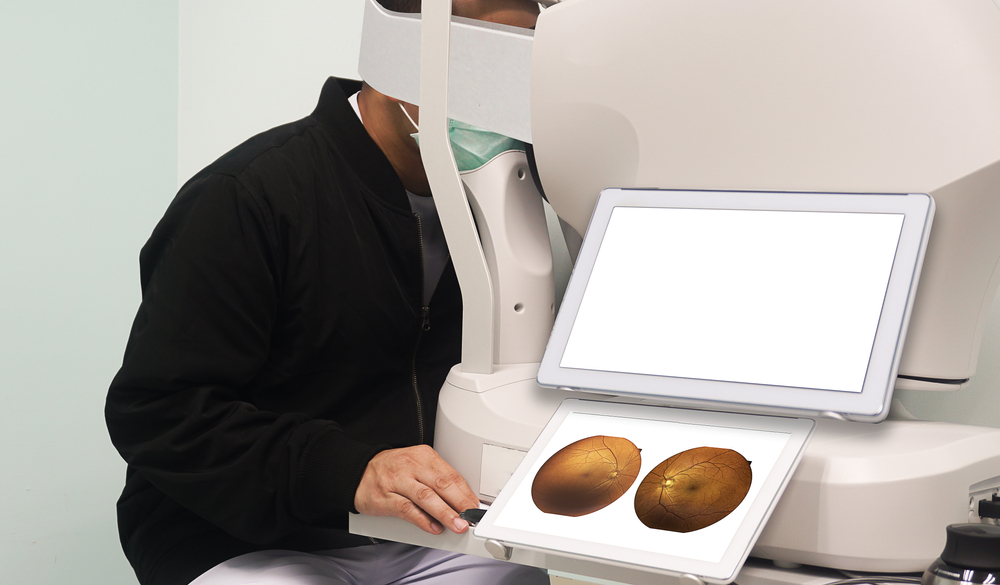
Diabetes is a chronic metabolic disorder that affects millions of people worldwide. It is characterized by high blood sugar levels, which, if left uncontrolled, can lead to severe health complications. One of the most critical areas of the body that diabetes can impact is the eyes. High blood sugar levels can damage the blood vessels in the retina, leading to various eye conditions collectively known as diabetic eye disease. These eye conditions include diabetic retinopathy, diabetic macular edema, glaucoma, and cataracts. If left untreated, these conditions can cause severe vision loss and even blindness.
As a person living with diabetes, I understand the importance of maintaining good eye health. Over the years, I have learned that regular eye exams play a crucial role in the early detection and management of diabetic eye disease. In this article, I will share my knowledge and experience about the significance of regular eye exams for people with diabetes, the types of diabetic eye exams available, and the recommended frequency for these exams.
The Importance of Regular Eye Exams for Diabetics
Regular eye exams are essential for everyone, but they hold even more significance for people with diabetes. Diabetic eye diseases can develop and progress without any noticeable symptoms in the early stages. This means that by the time a person starts experiencing vision problems, the damage may already be severe and irreversible. Regular eye exams provide an opportunity for healthcare professionals to identify any early signs of diabetic eye disease and initiate appropriate treatment.
Moreover, early detection and treatment of diabetic eye disease can significantly reduce the risk of vision loss. In fact, research indicates that timely treatment can reduce the risk of severe vision loss by more than 90%. It is also crucial to understand that managing diabetes alone may not be sufficient to prevent diabetic eye disease. Regular eye exams are necessary to monitor the health of your eyes and ensure any changes are detected and addressed promptly.
What is a Diabetic Eye Exam?
A diabetic eye exam is a comprehensive eye examination specifically designed for people with diabetes. It evaluates the overall health of the eye, with a focus on the retina and optic nerve, to detect any signs of diabetic eye disease. These exams are performed by an eye care professional, such as an optometrist or an ophthalmologist.
A diabetic eye exam typically includes the following procedures:
• Visual acuity test: This test measures the sharpness of your vision and helps determine if you need prescription glasses or need to update your current prescription
• Pupil dilation: Eye drops are used to widen your pupils, allowing the eye care professional to examine the retina and optic nerve more thoroughly
• Fundus photography: High-resolution images of the retina are captured using a specialized camera. These images help document any changes in the retina over time.
• Optical coherence tomography (OCT): This non-invasive imaging technique provides detailed cross-sectional images of the retina, allowing the detection of any swelling or abnormal blood vessels
• Fluorescein angiography: This test involves injecting a dye into a vein in your arm, which then travels to the blood vessels in your retina. A specialized camera captures images of the dye as it flows through your retina, highlighting any leaks or abnormal blood vessels.
Diabetic Eye Conditions and Their Symptoms
There are several eye conditions that can develop as a result of diabetes. Some of the most common diabetic eye conditions and their symptoms include:
1. Diabetic retinopathy: This condition occurs when high blood sugar levels damage the blood vessels in the retina. It can cause blurred vision, floaters (spots or strings floating in your field of vision), and even blindness if left untreated.
2. Diabetic macular edema: This condition is a complication of diabetic retinopathy and occurs when fluid accumulates in the macula, the central part of the retina responsible for detailed vision. Symptoms include blurred or distorted central vision and difficulty reading or recognizing faces.
3. Glaucoma: Diabetes increases the risk of developing glaucoma, a group of eye disorders characterized by increased pressure within the eye. Symptoms of glaucoma include loss of peripheral vision, halos around lights, and blurred vision.
4. Cataracts: People with diabetes are at a higher risk of developing cataracts, a clouding of the eye's natural lens. Symptoms of cataracts include cloudy or blurry vision, sensitivity to light, and difficulty seeing at night.
Frequency of Diabetic Eye Exams
The American Diabetes Association recommends that people with diabetes undergo a comprehensive eye exam at least once a year. However, the frequency of eye exams may vary depending on factors such as the type and duration of diabetes, the presence of existing eye conditions, and the level of blood sugar control.
For people with type 1 diabetes, it is recommended to have a diabetic eye exam within five years of diagnosis and annually thereafter. For people with type 2 diabetes, an eye exam should be performed at the time of diagnosis and annually thereafter. If any eye conditions are detected, your eye care professional may recommend more frequent exams.
Conclusion
In conclusion, regular eye exams play a critical role in preserving the vision of people with diabetes. These exams allow for early detection and treatment of diabetic eye disease, significantly reducing the risk of vision loss.
For more on early detection and treatment of diabetic eye disease, visit Boozer Eyecare in Cullman, AL. Call (256) 739-4000 to schedule your eye exam today.








